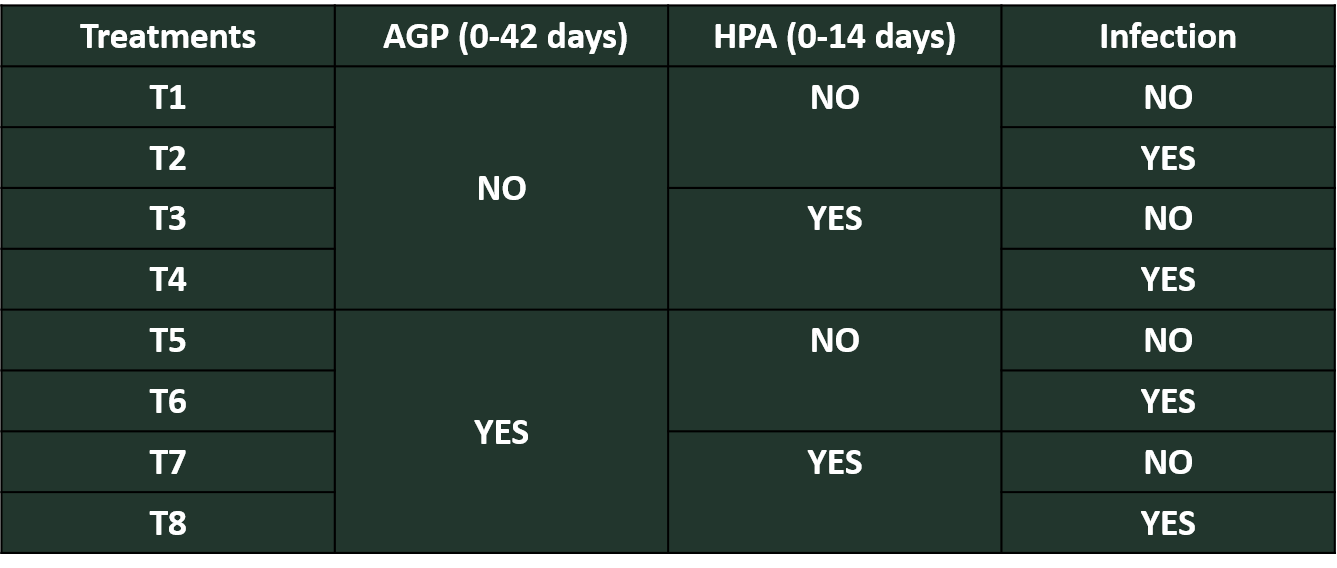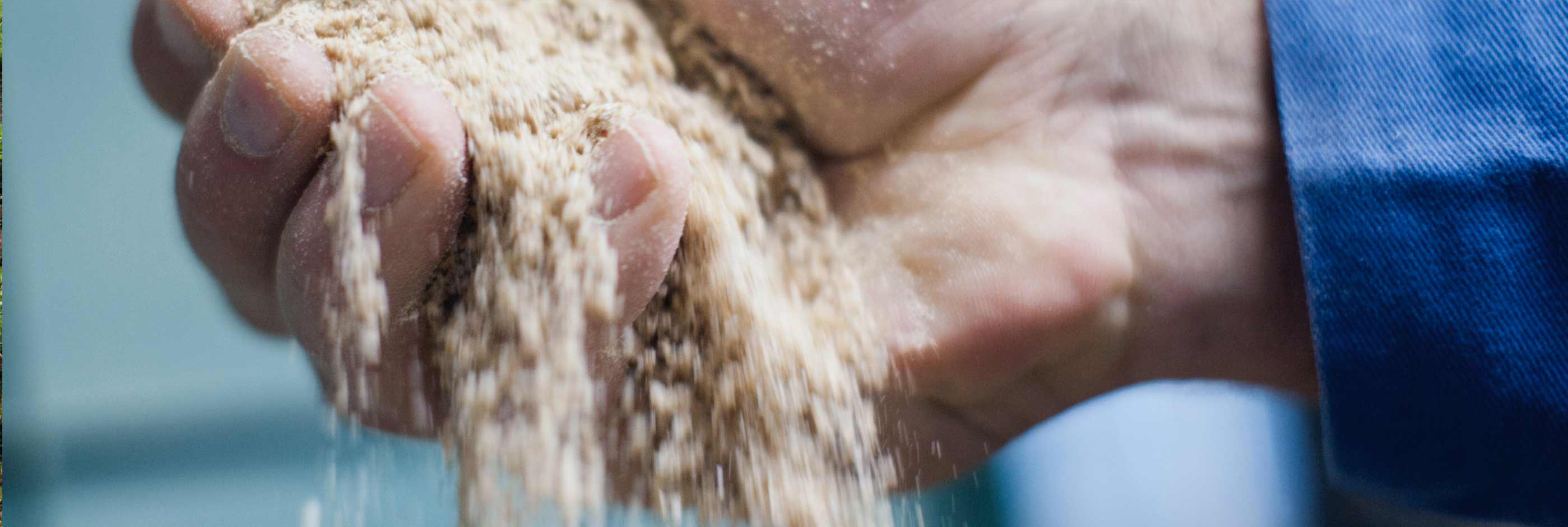Dietary Soy Protein Sources Make A Difference In Agp-Free Poultry Production
By HAMLET PROTEIN
More restrictions on using antibiotic growth promoters (AGP) in Asian poultry productions are causing a paradigm shift where expressions like "intestinal health" or "alternatives to antibiotics" are very common in poultry research. AGPs’ absence in feed reveals underlying intestinal issues not necessarily linked to infectious outbreaks but to inflammatory responses to dietary factors. Nowadays, many feed additives are developed to replace AGPs. However, the composition of the basal diet and the quality of its ingredients also play a crucial role. In this sense, the quality of soybean meal (SBM), a key ingredient in poultry feed, and its contribution in terms of anti-nutritional factors (ANF) may have a strong impact on chickens’ intestinal health and performance, thus the need to look for tools to minimise this impact, especially in starter chicks.
Inflammation in chickens’ intestinal disorder
Gut inflammation is the most predominant expression of the host defense in response to alterations in intestinal homeostasis. According to Kogut et al (2018), one frequent type of gut inflammation in chickens is sterile inflammation, a low-grade chronic inflammation caused by non-infectious stimuli and certain ANFs in feed. Without regulation, sterile inflammation may lead to unwanted consequences like growth slump and predisposition to infections. SBM may be an important source of ANFs including trypsin inhibitors, indigestible oligosaccharides and the antigen beta-conglycinin, which can have adverse effects on chickens’ intestines (Palliyeguru et al., 2011; Perryman et al., 2013; García-Rebollar et al., 2016; Rada et al., 2017). SBM can trigger immune reactions in young animals. Chicks react through an inflammatory response that usually gets complicated by natural opportunistic gut pathogens (Mavromichalis, 2019). With AGPs added to feed, these dietary origin inflammatory processes are mitigated by their anti-inflammatory effect.
AGPs’ anti-inflammatory effect
AGPs’ antimicrobial effect has been questioned since the concentrations they reach in the intestinal lumen are sub-therapeutic and lower than the minimum inhibitory concentrations for pathogens. Uninterrupted AGP use induces antibiotic resistance in pathogens. On the contrary, AGPs’ antiinflammatory effect has become increasingly relevant. What antibiotics have in common is that they accumulate in inflammatory cells. Consequently, most accumulated antibiotics can inhibit phagocytic inflammatory cells of the innate immune response in the intestine. The outcome of this accumulation in phagocytic cells is a reduced inflammatory response. Therefore, the levels of pro-inflammatory cytokines are lower in AGP-treated animals, potentially resulting in lower catabolic inducement (Niewold, 2007). In other words, AGPs inhibit inflammatory responses that slow chickens’ growth. With no AGP in the feed, the dietary origin sterile inflammations reemerge. A good strategy will be to mitigate their occurrence beforehand by reducing ANFs in the basal diet, instead of mitigating the inflammations once they settle in the intestine.
Enzyme-treated soy protein in starter feed to underpin AGP-free production
Enzymatic treatments have proven to be very effective methods to reduce ANFs in SBM without damaging its protein. Rasmussen et al. (2019) evaluated the effect of an enzyme-treated soy protein (HP AviStart -HPA-), with extremely low ANF contents, in starter feed, with or without AGPs in the overall rearing period, on the performance of Clostridium perfringens (CP) infected or uninfected chickens (Table 1).
HPA’s inclusion in the starter feed significantly improved the feed conversion rate (FCR) in healthy chickens, as did the addition of AGP throughout the cycle (Figure 1). The CP infection resulted in a lower body weight gain (BWG) and a higher FCR (Figures 2 and 3). However, infected chickens fed HPAcontaining starter feed or AGPsupplemented feed (for 42 days) showed BWG and FCR similar to those of uninfected chickens. In conclusion, HPA’s addition in starter feed, with or without AGPs, may equal the BWG and FCR of chickens with gut inflammations to those of healthy birds.
Referral to the article is made possible with kind permission from Livestock & Feed

Table 1. Experimental treatments (Rasmussen ewt al., 2019)

Figure 1. Effect of HP AviStart (HPA) in starter Feed (14 days) and/or AGP in the overall feeding period (42 days) on FCR (0-42 days) of uninfected chickens (Rasmussen et al., 2019)

Figure 2. Effect of HP AviStart (HPA) in starter Feed (14 days) and/or AGP in the overall feeding period (42 days) on BWG (0-42 days) of infected chickens (Rasmussen et al., 2019)

Figure 3. Effect of HP AviStart (HPA) in starter Feed (14 days) and/or AGP in the overall feeding period (42 days) on FCR (0-42 days) of infected chickens (Rasmussen et al., 2019)

